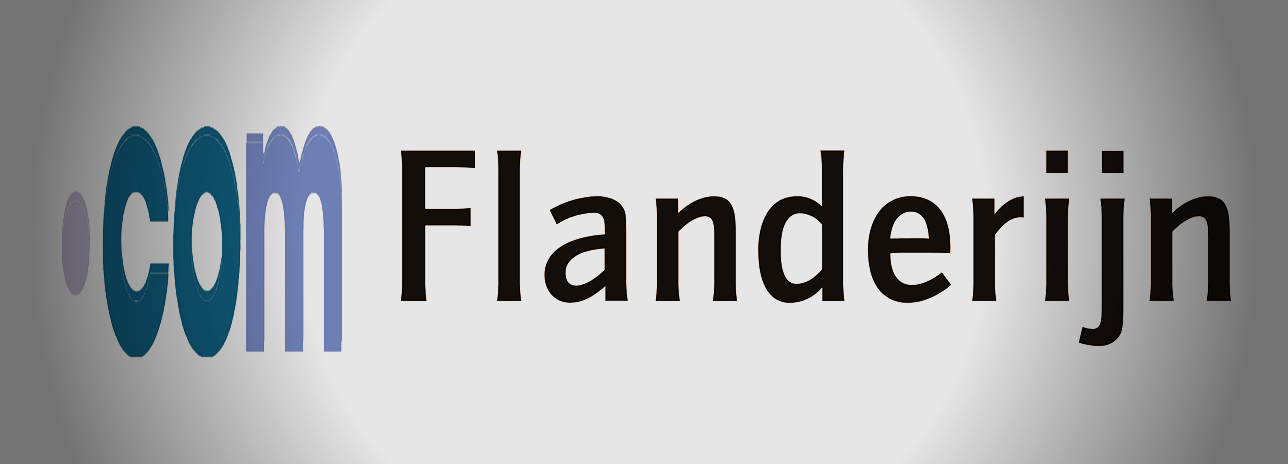
Many companies are not yet clear what this workforce of the future will really look like and what consequences the change will have for workforce management and personnel deployment planning. How can digital networks be made possible? What technology do you need for this? How do the gig economy, i.e. the assumption of small-scale jobs by many freelancers, and blockchain affect talent management and remuneration? And how is a workforce of employees, robots and freelancers controlled?
Digital Human Resource Management
HR must be able to provide information on these topics in order to be able to support the business in dealing with future employee requirements.People management in the company has to change. Continuity in working life is decreasing. The demand for mobility and flexible collaboration, on the other hand, is increasing. As a result of these developments, recruiting, corporate culture, management styles and career models must also change.
HR needs to rethink its workforce management strategy and break new ground. Only then can an environment be created in which cooperation between man and machine is possible and teams do not necessarily work in a common place. It is the responsibility of HR to ensure that the necessary framework conditions are created. Employees must also be informed about the possibilities of structuring their work and contracts.Digital Human Resource Management means:
- Thus be understood as a new opportunity
- Dealing with future employee requirements
- Value-adding human resources work
















